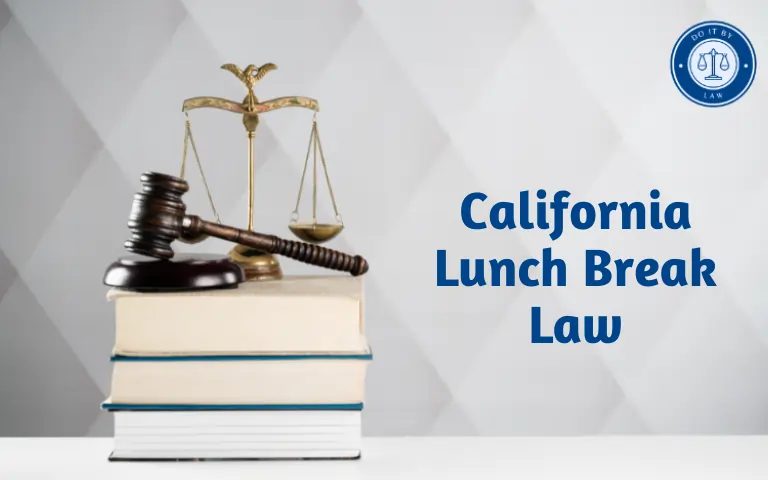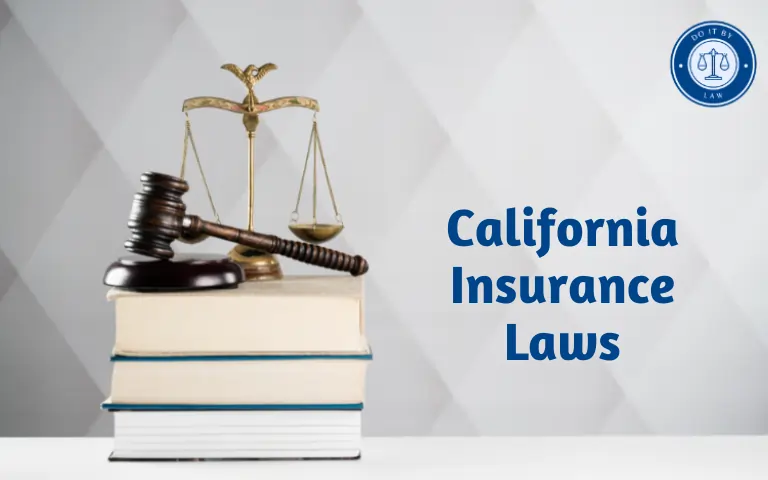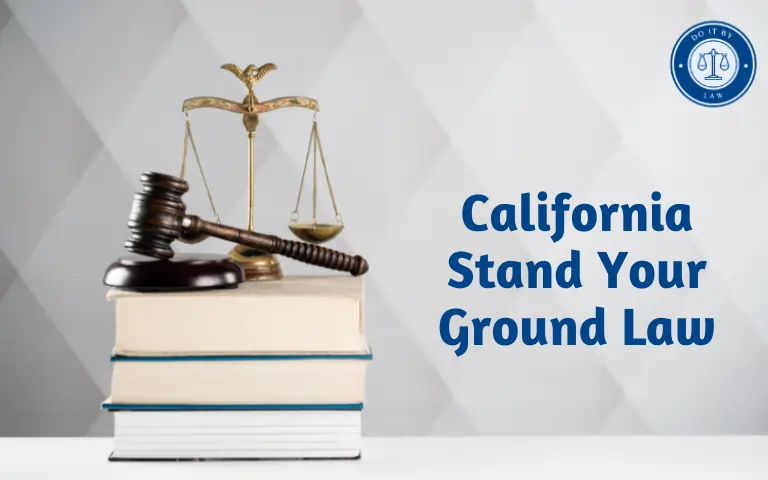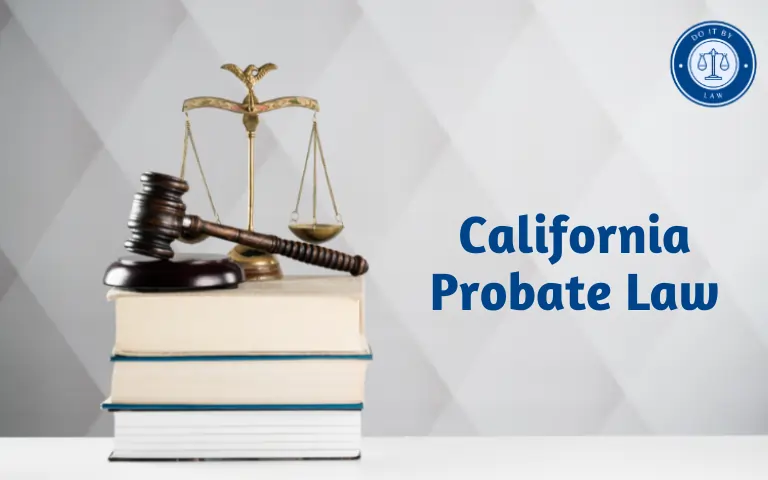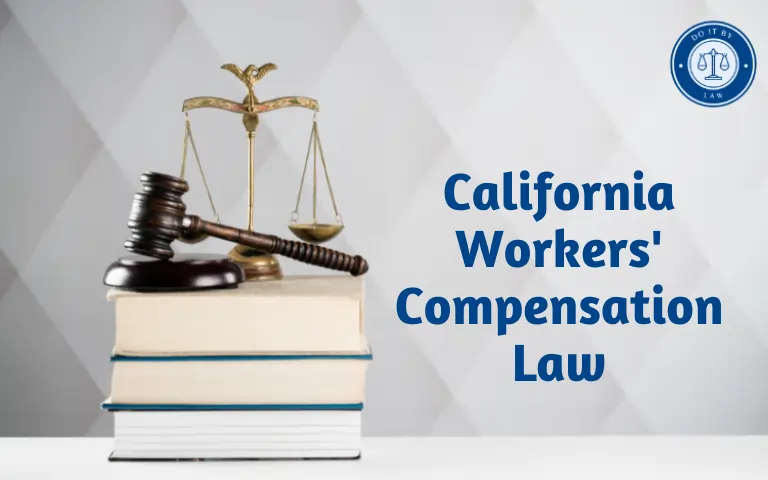California Lunch Break Law: What You Need to Know
California Lunch Break Law employers must provide timely, uninterrupted meal and rest periods for non-exempt workers under long-standing state labor code requirements. Meal breaks specifically must be 30-60 minutes uninterrupted and duty-free before the 5th work hour with certain waivers allowed.
Stringent meal and rest break rules intend to give employees recuperative periods to refresh, briefly rest, and eat. However, the complex provisions create compliance challenges, especially regarding timing, permissible waivers, and procedures. Mistakes generate lawsuits, Labor Commissioner complaints, and steep penalties.
Mastering California’s strict lunch break and rest break regulations remains imperative for employers, managers, schedulers, and payroll professionals interacting with non-exempt workers. Clarifying employee rights also empowers California workers to ensure they receive all meal periods legally owed.
History of California Lunch Break Law
California State enacted pioneering worker protection laws regarding meals, rest periods, days of rest, and overtime as early as the 1900s. Initial “meal period orders” required set eating periods for women in certain industries.
Over decades, mandated meal and rest break rules expanded through regulations and evolving case law. Key developments include:
- 2000 Brinker v. Superior Court – clarified timing, waivers, and remedies around meal breaks
- 2000s Wage orders – formalized 30-minute meal breaks and rest periods into regulations
- 2012 amendments – barred employers from requiring meal break waivers and outlined penalties
- 2016 new case law – protected rest breaks and addressed on-duty meal agreements
Ongoing litigation and statutory changes continue refining the rules around timing, permissible waivers, remedies, and more nuances. However, the overarching duties to provide mandated breaks remain intact as a central pillar of California labor law.
Who is Covered by California Lunch Break Law Rules?
California’s meal period and rest break requirements apply to nearly all non-exempt employees except a few specialized occupations. Key factors determining coverage include:
- Non-exempt status – Rules do not apply to properly classified exempt salaried executive, administrative, or professional staff. Hourly workers are generally non-exempt.
- Industry – All industries are covered, but specific exemptions apply for certain unionized occupations like commercial drivers, electrical workers, and construction trades.
- Hours worked – Meal rules activate after working at least 5 hours in a shift. Rest rules apply starting the 3rd and 5th hours.
- Regular employees – Independent contractors and volunteers are generally excluded, but misclassifications open liability.
Employers bear the burden of properly classifying exempt versus non-exempt status based on job duties. Misclassifying employees as exempt remains a frequent source of legal exposure regarding break violations.
Key Provisions of California Lunch Break Law Rules
California mandates the following core provisions around meal periods and rest breaks which employers must fulfill:
Meal Periods
- 30-minute uninterrupted meal break required per work period of 5 hours.
- The meal must be provided before the start of the 6th hour of work (no later than the end of the 5th).
- Meal breaks must be uninterrupted and duty-free. Employees must be fully relieved of work duties.
- Employees must clock out for 30-minute minimum meal periods and be permitted to leave the premises.
- Any waiver requires a voluntary written agreement revocable at any time. No coercion.
Rest Breaks
- A 10-minute rest break is required for every 4 hours worked (or major fractions).
- Rest breaks should be taken approximately midway through every 4 hours.
- Rest breaks must be paid and on-duty but with no required duties. Employees can remain on the premises.
- Employees cannot waive rest breaks.
Additional rules apply around combined meal-rest breaks for agriculture and health occupations. Requirements also interact with local ordinances on break times, scheduling notices, and predictive scheduling.
Meal Break Waiver Rules
Employees who work 6+ hours generally cannot waive their 30-minute meal break. But waivers are permissible in some scenarios:
- Collective bargaining agreement waivers – Apply to unionized employees, usually trades.
- Medical waivers – Doctors can exempt employees from meal rules for health reasons.
- On-duty meal agreements – Apply for jobs with onsite dining and continuously on-call duties like prison guards.
Waivers require detailed policies, documented agreements, and the ability to revoke any time. Employers hold the burden of proof to demonstrate valid waivers exist. Strict interpretation by courts and regulators makes meal waivers inapplicable for most employees.
Rest Break Waiver Rules
California employers cannot secure waivers for 10-minute rest periods. Rest breaks are considered non-negotiable. Employers must provide paid rest periods of at least 10 minutes for every 4 hours worked or major fraction thereof. Rest breaks cannot be waived in exchange for compensation.
The sole exception applies to healthcare workers with collective bargaining agreements permitting rest break waivers in exchange for additional hourly compensation. But again strict conditions must be met to allow healthcare worker rest break waivers.
Penalties for Violating California Lunch Break Law Rules
Failing to provide required meal periods and rest breaks brings severe consequences in California:
- One hour of additional pay owed for each workday violation of meal or rest requirements
- Meal and rest premiums paid to employee upon violation no matter the exact shortfall duration
- Wage statement penalties up to $4,000 per employee for not listing unpaid meal/rest premium wages
- Waiting time penalties (final paycheck) up to 30 days of additional compensation for unpaid premiums
- “Pay stub” penalties of $250 per employee for incomplete wage statements itemizing premiums
- Private right of action allowing employees to sue over violations
- Class actions bringing massive judgments and settlements
- Regulatory fines up to $25,000 through California Labor Commissioner citations
- Costs to defend lawsuits and Labor Commissioner claims
These substantial cumulative penalties incentivize compliance. Defending claims also is costly even if employers ultimately prevail. Preventing violations remains imperative.
California Lunch Break Law Recent Changes and Proposed Reforms
Workplace break rules keep evolving through legislation, regulations, and case law:
- Predictive scheduling laws – Oakland, San Francisco, and other cities now require certain advance notice on schedules to allow planning.
- Health worker meal timing – Waivers can allow 15-minute meals starting later into the shift for nurses and healthcare staff.
- Rest break clarifications – Courts confirmed rest breaks still mandated and required if relief periods substituted.
- Meal break exemptions – 2021 laws exempted union construction trades from certain meal break requirements.
- COVID telework impacts – Expanded remote work blurred when and how meal rules apply offsite.
- Legislation has been proposed to ease timing rules, allow combined meal-rest periods, or enable broader waivers, but so far has not overcome opposition.
Key developments center on strengthening rest break rights and expanding local schedule control protections for employees. But major statewide changes easing long-standing rules face ongoing resistance.
Controversies and Challenges Around California Lunch Break Law
Despite decades of precedent, applying California break rules still triggers debates:
- Costs/administration – Providing timely breaks cuts into productivity and increases administrative workload for employers. But health benefits outweigh costs long-term.
- Enforcement gaps – Not all violations result in complaints, allowing some exploitation. Stronger proactive auditing is needed.
- Waivers – Permissible waiver instances remain narrowly interpreted, frustrating some industries seeking more flexibility.
- Rest break duties – The line between prohibited “work” versus allowable minimal tasks during rest breaks generates disputes.
- Remedies – Meal/rest premium pay as the remedy for all violations seems excessive to some rather than lost wages.
- Exemptions – Calls continue from unionized fields like healthcare to exempt them from standard rules.
Overall the long-standing mandates enjoy overwhelming public support. But regulatory refinements aim to balance benefits with flexibility for employees and employers.
Meal and Rest Break Compliance Best Practices
Complying fully with intricate California break rules requires proactive systems and procedures:
- Classify correctly – Ensure only properly exempt roles are classified as exempt to exclude from requirements.
- Formal policy – Adopt a detailed written policy memorializing state break rules and procedures.
- Post notices – Post updated break requirement posters in languages spoken by staff.
- Schedule appropriately – Build schedules allowing timely breaks at proper intervals.
- Train supervisors – Educate managers and supervisors thoroughly on supporting and providing lawful breaks.
- Track compliance – Use logs, reminders, and monitoring to ensure coverage and prevent lapses.
- Pay premiums correctly – Add missed break premium wages promptly when violations occur.
- Fix preventable causes – Analyze reasons for violations and adjust factors under manager control.
By making meal and rest breaks a clear organizational priority with shared responsibility integrated into operations, employers can achieve sustainable compliance and avoid penalties.
FAQs on California Lunch Break Law
Navigating California rules prompts many common questions:

